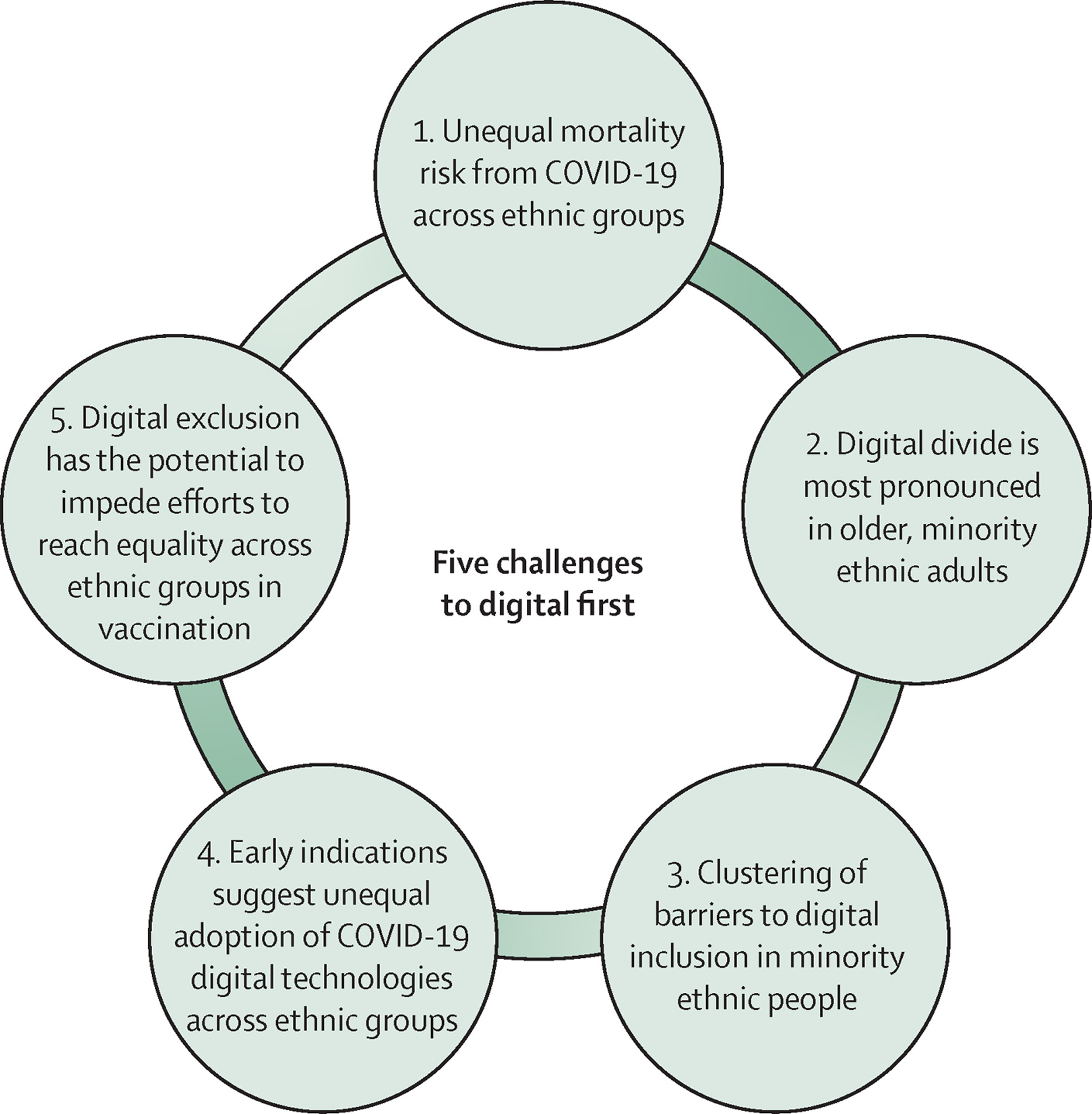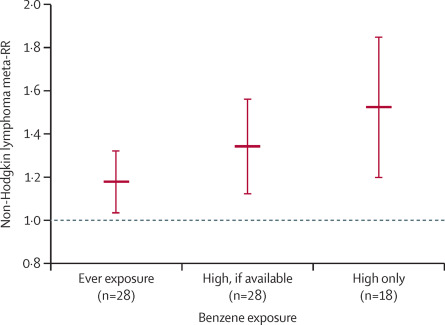Elsevier, EClinicalMedicine, Volume 39, September 2021
A Lancet Commission for COVID-19 task force is shaping recommendations to achieve vaccine and therapeutics access, justice, and equity. This includes ensuring safety and effectiveness harmonized through robust systems of global pharmacovigilance and surveillance. Global production requires expanding support for development, manufacture, testing, and distribution of vaccines and therapeutics to low- and middle-income countries (LMICs).
Elsevier,
The Lancet Public Health, Volume 6, September 2021
This Comment supports SDGs 3 and 10 by discussing the UK's reliance on digital technologies during the COVID-19 pandemic. Although a digital-first policy aims to reduce health inequalities, challenges such as low usage of the internet and low uptake of digital COVID-19 technologies among older, minority ethnic groups, could mean that the strategy instead reinforces the unequal effects of COVID-19.
Elsevier,
International Journal of Clinical and Health Psychology, Volume 21, 1 September 2021
This study explores the styles and strategies of coping with stress among parents of children with developmental disabilities compared to parents of children with typical development. In stressful situations connected with rearing a child, parents of children with developmental disabilities do not use as dominant strategies connected with seeking emotional support and religion, which occur in the parents of typical development children.
Elsevier,
The Journal of Climate Change and Health, Volume 4, 2021, 100050
To prevent the most catastrophic health effects of climate change, urgent reductions in greenhouse gas (GHG) emissions are needed from all sectors to meet the goals of the Paris Agreement, along with those of the Race to Zero: to halve emissions by 2030 and achieve net zero emissions by 2050. The health care sector is not exempt from this charge.
Elsevier, The Lancet Planetary Health, Volume 5, September 2021
Background: Non-Hodgkin lymphoma comprises a heterogeneous group of cancers with unresolved aetiology, although risk factors include environmental exposures to toxic chemicals. Although the ubiquitous pollutant benzene is an established leukemogen, its potential to cause non-Hodgkin lymphoma has been widely debated. We aimed to examine the potential link between benzene exposure and risk of non-Hodgkin lymphoma in humans by evaluating a wide array of cohort and case-control studies using electronic systematic review.
Elsevier, The Lancet Planetary Health, Volume 5, September 2021
Background: The prevalence of landscape fires has increased, particularly in low-income and middle-income countries (LMICs). We aimed to assess the impact of exposure to landscape fire smoke (LFS) on the health of children. Methods: We conducted a sibling-matched case-control study and selected 552 155 children (aged


